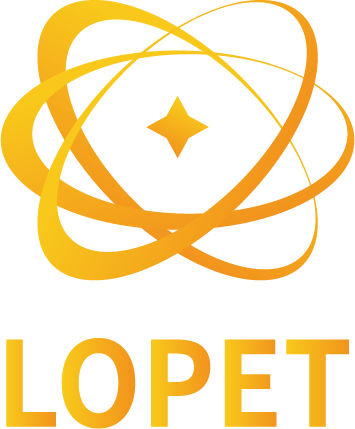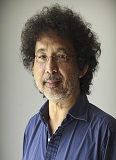

Prof. Harith Ahmad

Prof. Harith Ahmad
University of Malaya, Malaysia
Recent Advancement in Development of Optical Modulators Based on 2D Pristine Transition Metal Dichalcogenides and its Alloys
Harith Bin Ahmad, Ooi Shok Ing, Norazriena Yusoff, Muhamad Zharif Bin Samion
Photonics Research Centre, University Malaya, 50603 Kuala Lumpur, Malaysia
Abstract
Due to their exceptional and unique optoelectrical properties, two-dimensional (2D) materials such as graphene, chalcogenides, topological insulators, and MXenes have recently become the subject of considerable research efforts. Tunable bandgaps, high mobility in the energy bandgap, third-order nonlinearity, and nonlinear absorption are just a few of the unique properties of 2D materials that can be adjusted for various optical applications. Advances in these materials' uses have opened up new opportunities for the creation of fiber laser systems that are more integrated, flexible, and perform better than their bulk counterparts. The increasing research interest in a pulsed laser system is motivated by its wide range of applications in real-world systems such as material processing, optical communication, skin treatment, and scientific research. In the development of 2D materials for photonics application, transition metal dichalcogenides (TMD) materials have been widely exploited as an optical modulators to induce Q-switching and mode-locking pulses within fiber laser cavities. 2D TMD is particularly interesting for application as a saturable absorber in a pulsed laser system due to its layer-dependent optical properties and ultrafast carrier dynamics aside from low-cost fabrication. In the past few years, we have extensively studied the potential of 2D pristine TMD and its alloys as an optical modulator to induce the generation of Q-switched and mode-locked pulsed fiber lasers in various wavelengths regions. Our finding has revealed the great potential of the 2D TMD and its alloy materials for the ultrafast photonics community. This talk will summarize the recent advancement in the development of optical modulators based on 2D pristine TMD and its alloys which can be an alternative to the costly SESAM technology for pulsed fiber laser generation.
Keywords: 2-dimensional material, transition metal dichalcogenides, optical modulator, pulsed fiber laser, optical fiber.
Biography
Professor Datuk Dr Harith Ahmad FASc obtained his in BSc in Physics with First Class Honours from the University of Malaya in 1979. Subsequently, he obtained his MSc from the University of Wales in 1980, followed by his PhD in 1983 from the same institution. Upon returning to Malaysia in 1983, he became a member of the academic staff of UM, and since then has led the university’s research into the area of photonics. He is currently a Distinguished Professor, and is also the director of the Photonics Research Centre of the University of Malaya, a Higher Education Centre of Excellence (HiCoE) under the purview of the Ministry of Education, Malaysia (MOE). His substantial contributions in the area of photonics has been acknowledged with multiple awards and recognitions, including as a Fellow of Akademi Sains Malaysia and recipient of the Malaysia-Toray Science Foundation Award, Merdeka Award for Scholastic Achievement and ASEAN Outstanding Scientist and Technology Award. He is very active as both a researcher and an academician, with numerous ISI ranked research publications to his name, as well as supervising numerous undergraduate and postgraduate students in photonics
